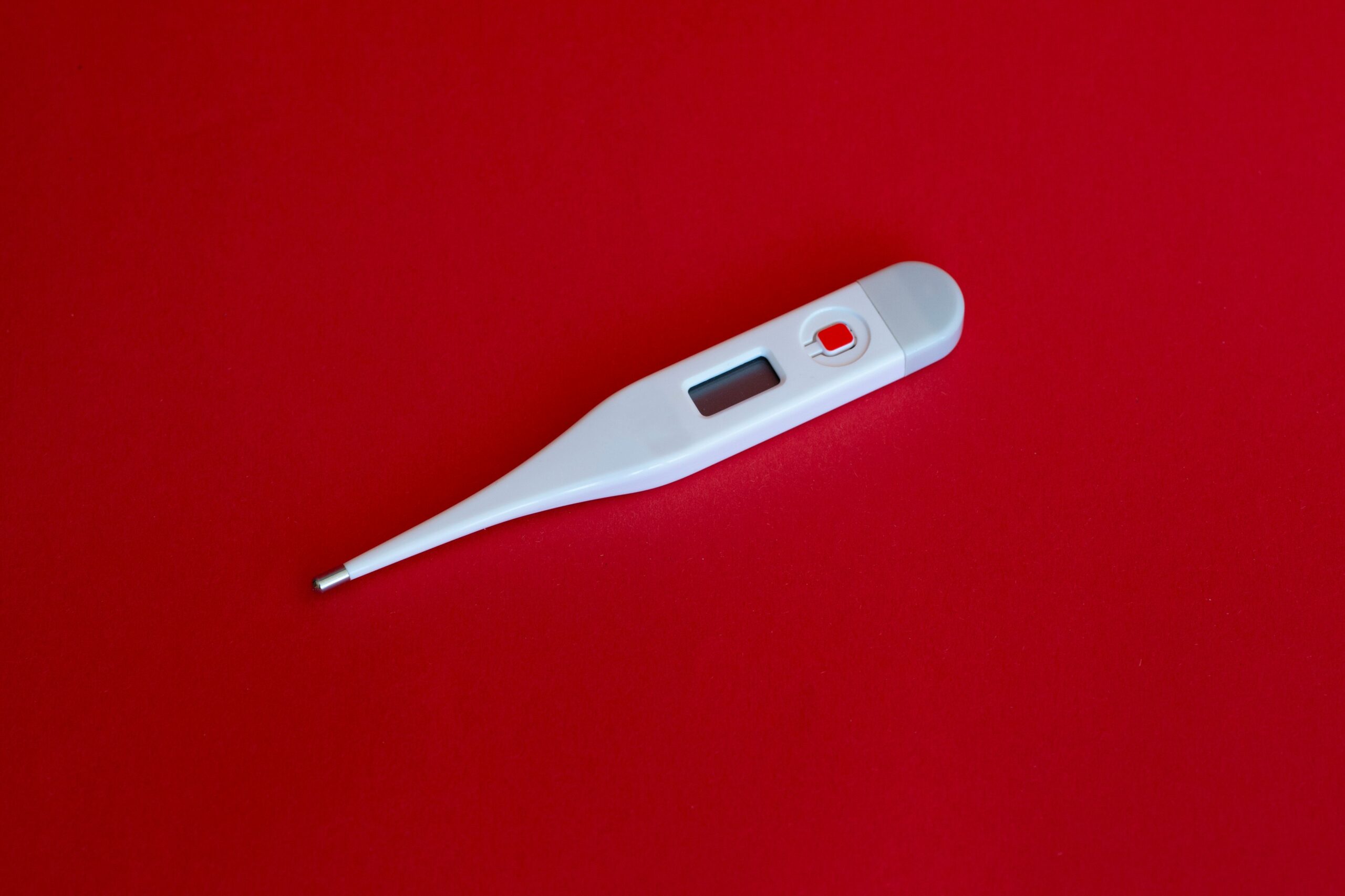Introduction
Tetany is a medical condition characterized by involuntary muscle contractions, often resulting in spasms and cramps. It can be a distressing and painful experience for those affected. In this article, we will explore the diagnosis, treatment, and causes of tetany, providing a comprehensive understanding of this condition.
Diagnosis
Diagnosing tetany involves a thorough examination of the patient’s medical history, physical symptoms, and laboratory tests. The doctor will typically look for specific signs and symptoms such as muscle spasms, tingling sensations, and numbness. Blood tests may also be conducted to measure calcium, magnesium, and potassium levels, as imbalances in these electrolytes can contribute to the development of tetany.
Treatment
The treatment of tetany primarily focuses on correcting the underlying cause and managing symptoms. If the condition is caused by a deficiency in certain minerals, such as calcium or magnesium, supplements may be prescribed to restore the balance. In severe cases, intravenous administration of these minerals may be necessary.
Additionally, medications may be prescribed to help alleviate muscle spasms and cramps. These may include muscle relaxants or anticonvulsants, depending on the severity of the symptoms. Physical therapy and stretching exercises can also be beneficial in relieving muscle tension and improving flexibility.
Causes
Tetany can be caused by various factors, including:
1. Hypocalcemia
Hypocalcemia, or low levels of calcium in the blood, is one of the leading causes of tetany. It can occur due to inadequate intake of calcium-rich foods, impaired absorption of calcium in the intestines, or excessive loss of calcium through the kidneys. Conditions such as vitamin D deficiency, kidney disorders, and certain medications can contribute to hypocalcemia.
2. Hypomagnesemia
Hypomagnesemia, which refers to low levels of magnesium in the blood, can also trigger tetany. Similar to hypocalcemia, it can result from inadequate dietary intake, impaired absorption, or excessive loss of magnesium. Alcoholism, malnutrition, and certain gastrointestinal disorders can contribute to hypomagnesemia.
3. Hypoparathyroidism
Hypoparathyroidism is a condition characterized by the underproduction of parathyroid hormone (PTH), which regulates calcium and phosphorus levels in the body. Insufficient PTH can lead to low calcium levels and subsequently cause tetany. This condition can occur due to genetic factors, autoimmune disorders, or damage to the parathyroid glands during surgery.
4. Respiratory Alkalosis
Respiratory alkalosis is a condition characterized by an imbalance in the body’s pH levels, resulting in increased alkalinity. This can occur due to hyperventilation, often caused by anxiety, panic attacks, or certain respiratory disorders. Respiratory alkalosis can cause a decrease in ionized calcium levels, leading to tetany.
5. Other Causes
Other less common causes of tetany include thyroid disorders, such as hypothyroidism or hyperthyroidism, as well as certain medications, such as diuretics or antiepileptic drugs. In some cases, tetany may also be idiopathic, meaning the exact cause is unknown.
Conclusion
Tetany is a condition characterized by involuntary muscle contractions and spasms, which can be distressing for those affected. Diagnosing tetany involves a thorough examination of symptoms and laboratory tests. Treatment focuses on correcting underlying mineral imbalances and managing symptoms. Understanding the causes of tetany, such as hypocalcemia, hypomagnesemia, hypoparathyroidism, respiratory alkalosis, and other factors, can help in its prevention and management. If you experience symptoms of tetany, it is important to consult with a healthcare professional for an accurate diagnosis and appropriate treatment.


